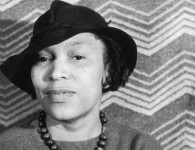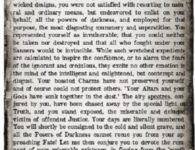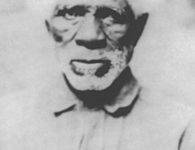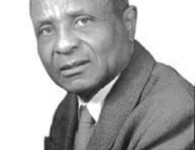BY WALTER OPINDE
Until 1992, the Americans were still struggling to maintain the sense of community and respect for diversity, which make a nation strong and consolidated. The economic gap between the “haves” and the “have-nots” was increasingly expanding. By the 1980s through 1992, the bottom 60% of Americans saw little if any. Decreasing income and increasing unemployment for the African-Americans and Hispanics hit the records. The rate of poverty for African-Americans remained at or above 30%. During his eight years in power, President Clinton and Vice President Gore worked so much hard to bridge the gap between racial divisions and economic disparities (basically the difference between the rich and the poor). They appointed the most diverse and inclusive administration in history, launched initiatives to close economic and social gaps. Most importantly, President Bill and his Vice established the famous “One America” office in the White House, which aimed at building a strategy of closing opportunity gaps and promoting the racial understanding and reconciliation.
On 14th June, 1997, President William Jefferson Clinton proclaimed “One America” in the 21st Century, which was the President’s Initiative on Race. The initiative was a fundamental factor in President Clinton’s intentions to transform the United States into a country that embraces diversity. The initiative was also to make every American live within a united “One America” in the 21st century. Racial reconciliation, through assembling and encouraging dialogue throughout the nation, was to serve as a representative of reconciling racial and ethnic divisions wherever they existed in the country.
The purpose of the 15-month initiative by Clinton was to encourage every American to participate or join efforts in the nation’s endeavors towards progressing beyond the racial disparities, which were fueled by both present and past events. Through contemplative examination, valuable dialogue, and affirmative moves, the initiative attempted to help America heal racial and ethnic divisions. The first would be to encourage communities across the country to become involved in a “National Conversation on Race.” This would explore the history of the country’s race relations. The second facet of the initiative would attempt to alleviate the opportunity gap that existed among the disparities of Americans regarding employment, education, healthcare, home ownership, and the administration of justice where racism was an indicator.
As a result of the above initiatives, President Clinton appointed the most diverse Cabinet in the U.S. history. Over his eight-year tenure, he appointed more than 7 African-American Cabinet Secretaries. As well, women made up to 44% of Clinton Administration’s appointees, including the first female to serve as Secretary of State, Madeline Albright, and the first to serve as a U.S. Attorney General, Janet Reno. President Clinton appointed more African-Americans to the federal judgeships during his presidency than there were during the previous decades before his leadership. Evidently, up to 14% of all Clinton Administration appointees were African-Americans, a percentage that was twice as many as in any previous Administration. Moreover, President Clinton appointed three times as many female judges as the two previous administrations. Else, the records of the number of Hispanics in the judicial nominees, alongside the number of people with disabilities serving in governmental institutions, were also higher than any other historical administration in the U.S. history.
Read more of the story via: http://participedia.net/en_organizations_president/clintons-initiative-race





















No comments